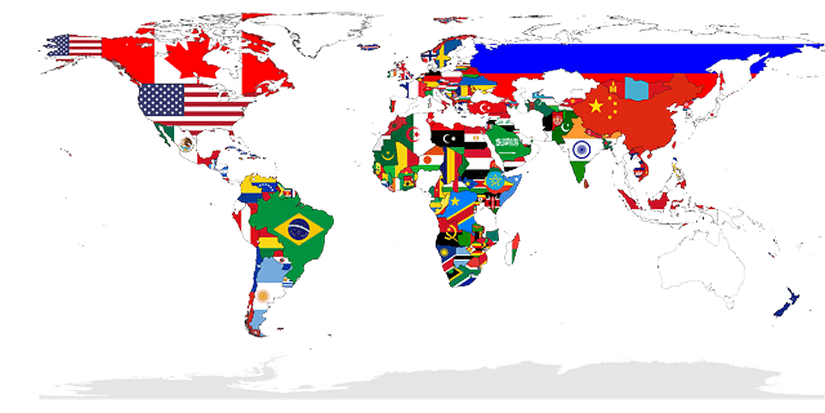By D. Brian Blank, Mississippi State University
Federal Reserve officials held interest rates steady at their monthly policy meeting on Sept. 20, 2023 – only the second time they have done so since embarking on a rate-raising campaign a year and a half ago. But it is what they hinted at rather than what they did that caught many economists’ attention: Fed officials indicated that they don’t expect rates to end 2023 higher than they predicted in June – when they last issued their projections.
Since the hiking cycle began, observers have worried about whether increased rates could push the U.S. economy into a downturn. Some have even speculated that a recession had already begun. However, the economy has been more resilient than many expected, and now many economists are wondering whether the seemingly impossible soft landing – that is, a slowdown that avoids crashing the economy – has become a reality.
As a finance professor, I think it’s premature to start celebrating. Inflation is still almost double the Federal Reserve’s target of 2%, and it is expected to come in at around 4% for September. What’s more, the economy is still growing quite fast, with consensus forecasts showing gross domestic product will rise by nearly 3% this quarter. Some early data suggests that could be a low estimate.
What’s next for interest rates?
Fed watchers are parsing every word from the central bank to determine whether another hike is coming this year or next, or if the cycle is truly over. To understand that decision, it helps to consider the bigger picture.
Free Reports:
 Get our Weekly Commitment of Traders Reports - See where the biggest traders (Hedge Funds and Commercial Hedgers) are positioned in the futures markets on a weekly basis.
Get our Weekly Commitment of Traders Reports - See where the biggest traders (Hedge Funds and Commercial Hedgers) are positioned in the futures markets on a weekly basis.
 Sign Up for Our Stock Market Newsletter – Get updated on News, Charts & Rankings of Public Companies when you join our Stocks Newsletter
Sign Up for Our Stock Market Newsletter – Get updated on News, Charts & Rankings of Public Companies when you join our Stocks Newsletter
While the U.S. economy has certainly avoided a downturn for longer than many expected, the inflation battle is a long way from finished. In fact, this wouldn’t be the first time the economy looked like it would avoid a soft landing. For the next several months, the economy is not likely to implode without a major spark.
However, inflation may not continue to fall as quickly in the coming year, which means the Fed may still raise rates more than some expect. If rising oil prices continue to boost transportation costs, other goods could also get more expensive, which may mean higher interest rates for longer.
Is this really the end?
Though Federal Reserve Chair Jerome Powell seemed to indicate that the committee is approaching the end of the hiking cycle, only 10% of economists expect that it is over at this point – not that economists’ track record of forecasting rates is great either. This is largely because Powell has been clear that the Fed is basing its decisions on economic data, which has been strong so far and hopefully will continue in that direction.
So while everyone is watching the Fed this week, they should also keep an eye on broader economic conditions. With luck, the reported data will continue to be strong enough to avoid a downturn, but not so strong that inflation picks back up.![]()
About the Author:
D. Brian Blank, Assistant Professor of Finance, Mississippi State University
This article is republished from The Conversation under a Creative Commons license. Read the original article.

- Australia has seen a sharp decline in inflationary pressures. Silver rose to $34 an ounce Oct 30, 2024
- AUD/USD Continues Downward Spiral Amid Economic Concerns Oct 30, 2024
- GBPUSD could be in for mid-week “sneaky surprise” Oct 30, 2024
- Bitcoin has reached the $70,000 mark. The Canadian dollar fell to last year’s lows Oct 29, 2024
- Brent Crude Oil Experiences Sharp Price Decline Oct 29, 2024
- EUR/USD Weakens Amid Global Economic Uncertainty and Strong US Dollar Oct 28, 2024
- Oil, Yen tumble after weekend turmoil Oct 28, 2024
- Bank of England may delay rate cut. Inflation in Tokyo continues to decline Oct 25, 2024
- NZD/USD Hits Four-Week Low Amid US Dollar Strength Oct 25, 2024
- The Bank of Canada cut the rate by 0.5%. Stock indices under selling pressure ahead of US elections Oct 24, 2024
